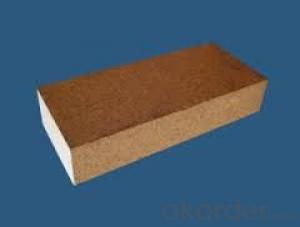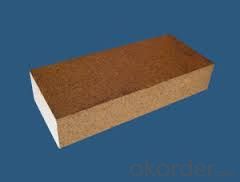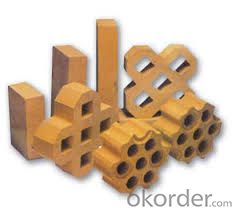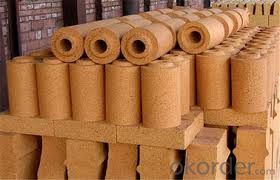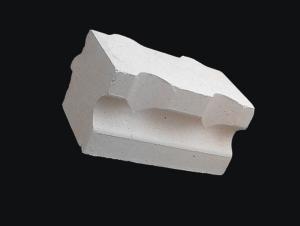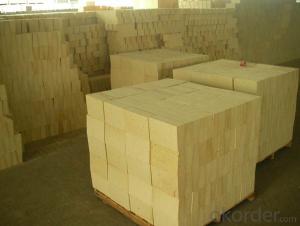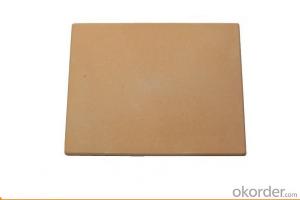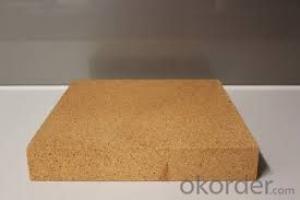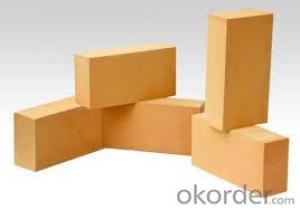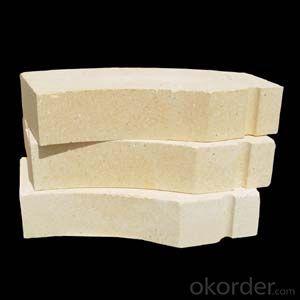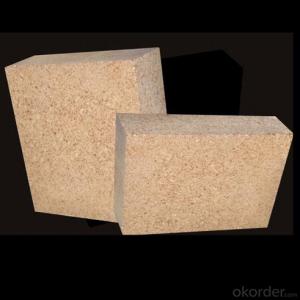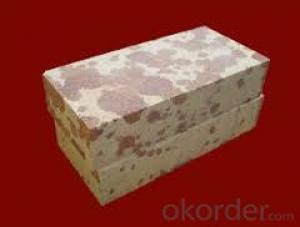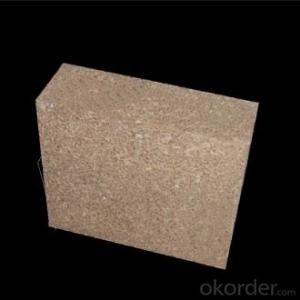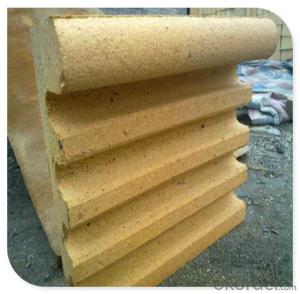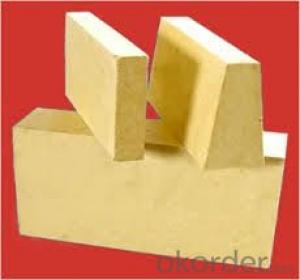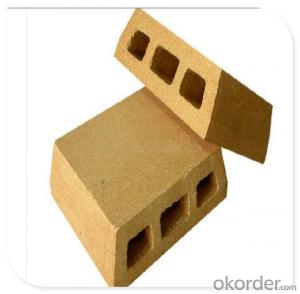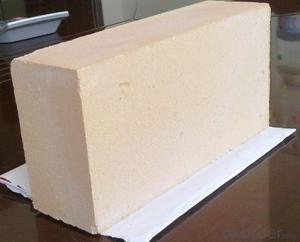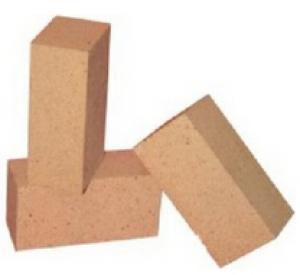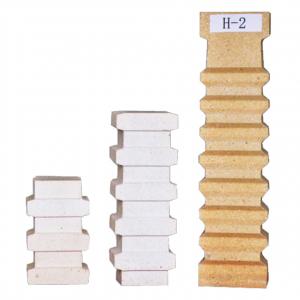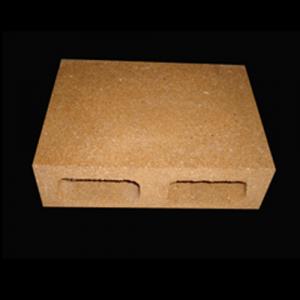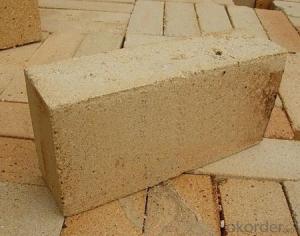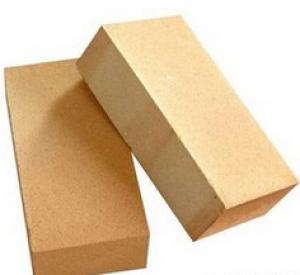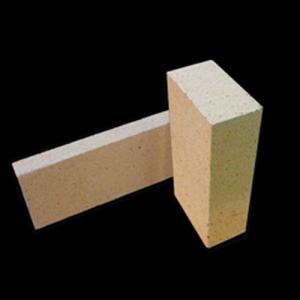High Alumina Magnesite Chrome Brick Refractory Brick for Cement Kiln
- Loading Port:
- Tianjin
- Payment Terms:
- TT OR LC
- Min Order Qty:
- 1 m.t.
- Supply Capability:
- 2000 m.t./month
OKorder Service Pledge
OKorder Financial Service
You Might Also Like
Description of Magnesite Chrome Brick
Typically Magnesite Chrome Brick Refractory Brick Used for Cement Kiln range is based upon flint clay giving it both a low iron and low alkali characteristic. Resistance to thermal shock, abrasion, chemical attack and reducing atmospheres are just some of the key criteria determining choice of product within each application. a wide range of sizes are held in stock.
Specifications for Magnesite Chrome Brick
Item | SK-30 | SK-32 | SK-34 | SK-36 | SK-38 |
AL2O3 % (min) | 30-35% | 35-38% | 38-42% | 50-55% | 60-65% |
Fe2O3% (max) | 3 | 3 | 2.8 | 2.5 | 2.3 |
Refractoriness | ≥1670°C | ≥1690°C | ≥1710°C | ≥1750°C | ≥1770°C |
Refractoriness under load, 0.2MPa, (°C) | ≥1270 | ≥1350 | ≥1350 | ≥1430 | ≥1450 |
Apparent porosity (%) | 20-24 | 20-24 | 19-23 | 18-22 | 18-22 |
Bulk density (g/cm³) | 2.00-2.05 | 2.05-2.1 | 2.1-2.15 | 2.15-2.25 | 2.25-2.35 |
Cold crushing strength (MPa) | ≥25 | ≥30 | ≥35 | ≥45 | ≥50 |
Thermal expansion at 1000°C (%) | ≤0.6 | ≤0.55 | ≤0.55 | ≤0.4 | ≤0.4
|
Features of Magnesite Chrome Brick
Low bulk density, low thermal conductivity, good thermal insulation performance.
Refractory category allow direct contact of fire, suitable for various atmosphere.
Good integrity with furnace lining, long service life, easy operation, could be shaped freely.
Typical Application of Magnesite Chrome Brick
Furnaces of metallurgy industry, heat treatment furnace.
Furnaces of chemical industry and construction industry.
Furnace of incineration of garbage, recirculating fluidized bed furnace .

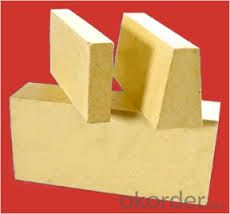
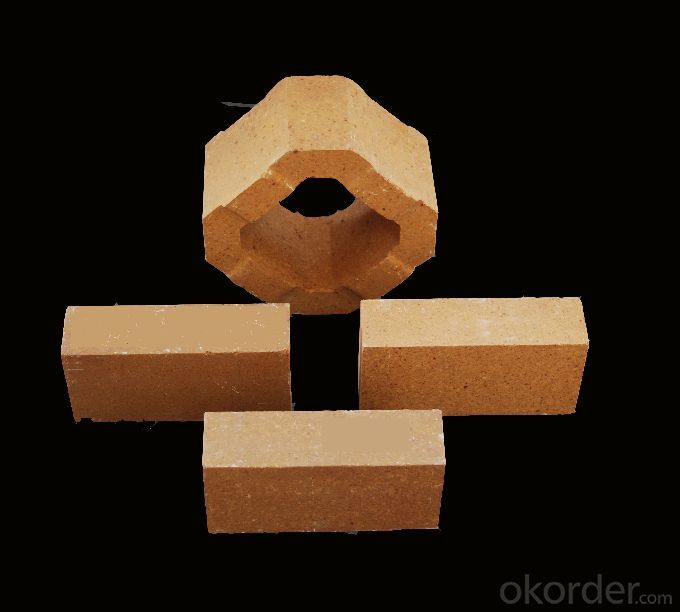
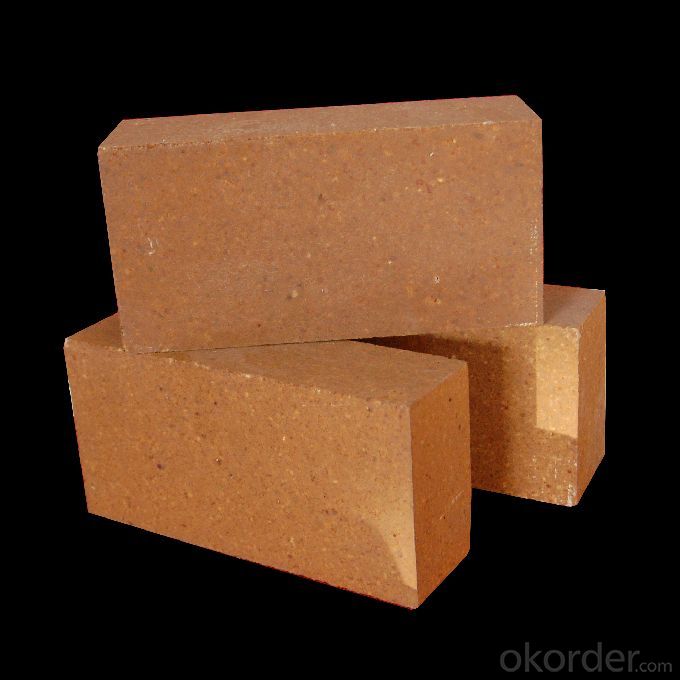
- Q: Introduction of high alumina brick
- Three alumina silicate refractory product with a content of two Al2O3 (48%).
- Q: What are the reasons for the decline in the performance of high alumina bricks when we use high alumina refractory bricks?
- All the raw materials adding order, mixing time, material and material moisture trapped. 4, the pressure and the volume density of Pei brick and brick Pei size etc..
- Q: Density of high alumina bricks
- Alumina content of 48% or more, mainly from mullite and glass phase or corundum composition of lightweight refractory. The volume density is 0.4 ~ 1.35g/cm3. The porosity is 66% ~ 73%, and the compressive strength is 1 ~ 8MPa. Better thermal shock resistance.
- Q: What are the specifications for bricks?
- Thecompressive node as a new type of building energy-saving wall materials, which can be used for masonry walls, but also has good thermal properties, in line with the construction of the building module, reduce the loss in the process of construction, improve work efficiency; the hole rate reached more than 35%, can reduce the weight of the wall, save the foundation engineering cost. Compared with common sintered porous brick, it has the characteristics of heat preservation, heat insulation, light weight, high strength and high construction efficiency. The product is made of shale as raw material. It is produced by high vacuum extrusion molding machine and one yard firing process
- Q: What does refractory consist of?
- According to the chemical characteristics of refractory raw materials can be divided into acidic refractory materials, such as silica, zircon etc.; neutral refractory raw material, such as corundum, bauxite, mullite (acidic) (acidic), Ge (alkaline) iron and graphite; alkaline refractory materials, such as magnesite, dolomite, magnesium sand calcium sand.
- Q: Refractory brick, high alumina brick, magnesia chrome brick, magnesia brick, clay brick, which type of high temperature refractory brick?
- The super high alumina brick in high alumina refractory brick has the highest refractoriness, and the corresponding production cost is higher.
- Q: How to test the aluminium bricks of high alumina refractory bricks?
- Forming high alumina brick will be tested on some professional equipment, it is suggested that you can go to the professional testing department to know about it!
- Q: What causes breakage of refractory bricks?
- Refractory brick is a non metal mineral products can be used in the high temperature of 1550 DEG C under belongs to a class of inorganic, used in high-temperature furnace lining materials as protection kiln, which causes damage, usually have these points.Furnace temperature is not clear, there is no corresponding choice of refractory bricks.Physical impact, abrasion and erosion cause damageChemical factors, especially chemical industry, should be made of refractory bricks, which should be resistant to penetration and erosionIV: products from the factory when the factory did not pass the quality inspection standards
- Q: What is the difference between metal compounds and metal solid solutions?
- Solid solution refers to the alloy phase in which the solute atoms are dissolved into the solvent lattice and remain solvent type. A crystalline substance consisting usually of atoms or molecules in which a chemical substance is dissolved as a base; other substances are found in alloys and silicate systems; also present in polyatomic substances. The mixture can be treated as a solution when the crystal structure of the solvent can be stabilized and homogeneous after addition of solute. Some mixtures can form solid solutions in many concentrations, while some mixtures do not form solid solutions at all.
- Q: What should be used as binder for making high alumina bricks?
- In addition, high alumina micro powder can be used as binding agent, or high alumina micro powder and clay powder are prepared according to a certain proportion, and synthetic mullite is used as bonding agent. With these binders, high alumina bricks without two expansion can be prepared.
Send your message to us
High Alumina Magnesite Chrome Brick Refractory Brick for Cement Kiln
- Loading Port:
- Tianjin
- Payment Terms:
- TT OR LC
- Min Order Qty:
- 1 m.t.
- Supply Capability:
- 2000 m.t./month
OKorder Service Pledge
OKorder Financial Service
Similar products
Hot products
Hot Searches
Related keywords
